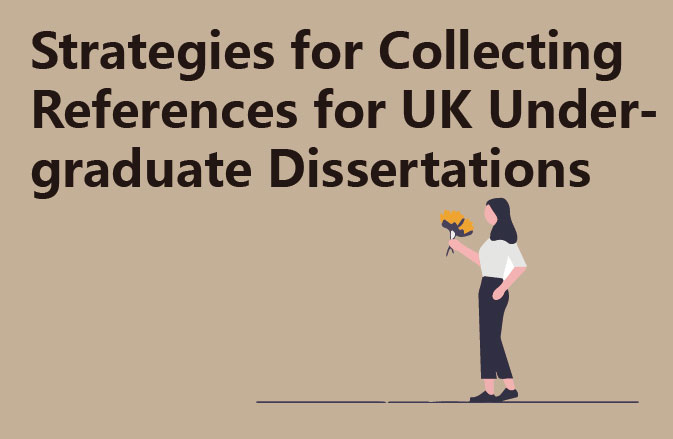This paper presents a few suggestions for the collection strategy of References for UK undergraduate dissertations.
I. Wide-ranging, mastering basic research methods, and doing a good job of collecting preliminary intelligence
For primary and secondary research (i.e. primary and secondary research), a variety of effective means of data collection should be adopted.
Data collection for primary research
(1) Interview method: Use guiding questions to understand the depths of the respondent’s mind. The disadvantage is that it is time-consuming.
(2) Questionnaire method: the advantage is simple and quick, the disadvantage is that subjective interpretation may affect the depth of excavation.
(3) Observation method: field observation of behavioural conduct, conducive to psychological behavioural analysis, especially suitable for community, workplace and educational environment research.
Data collection for secondary research
Secondary research mainly relies on existing materials and academic literature, the following are common methods of data organisation:
(1) Annotation method: to enhance reading comprehension and application skills, common ways are:
Sense-making style: sharing personal insights.
Evaluative: Evaluate the content of books positively or negatively.
Linking style: add other related knowledge points.
Questioning style: asking targeted questions.
(2) Summary method: summarise the article’s central idea, point of view features for later citation. Be sure to be precise and refined.
Scholars are urged to use the above principles of data collection and its core points to build a solid foundation for their thesis.




